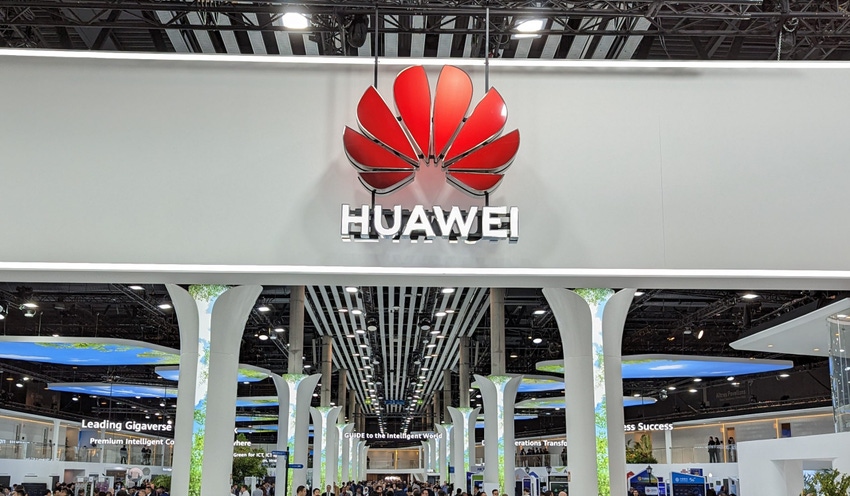Huawei reportedly gearing up for a return to 5G smartphone market
According to a report, Chinese kit vendor Huawei is planning to produce new 5G smartphones by the end of the year thanks to a new domestic supply of chips.
July 13, 2023

According to a report, Chinese kit vendor Huawei is planning to produce new 5G smartphones by the end of the year thanks to a new domestic supply of chips.
Following US bans which largely wrecked its international smartphone business, a Reuters report claims Huawei ‘should’ be able to get its hands on more 5G chips domestically thanks to some advances in semiconductor design tools and the facilities of Chinese chip firm Semiconductor Manufacturing International Co (SMIC).
The sources of this claim are presented as three third-party technology research firms, citing industry sources including Huawei suppliers, who spoke on condition of anonymity ‘because of confidentiality agreements with clients.’
We’re told that one of these anonymous research firms said it expected Huawei to now use SMIC’s N+1 manufacturing process, but with a forecast yield rate of usable chips below 50% which would mean 5G shipments would top out at around 2 million to 4 million units. A second anonymous source reckons shipments could reach 10 million units, ‘without providing further details’ – so who knows as to the maths behind that.
The three research firms claim this can be achieved thanks to some breakthroughs in Electronic Design Automation (EDA) tools (since Huawei has been cut off from some chip blueprinting systems) in conjunction with SMIC’s N+1 manufacturing process – enabling the rollout of chips at the equivalent of 7nm, often used in 5G phones.
They say Huawei could produce 5G versions of top end phones like the P60 this year, with ‘new launches likely in early 2024’. We’re told such predictions are based on information they had received ‘via checks with contacts in Huawei’s supply chain and recent company announcements.’
While this may all be true, with the information remaining anonymous and removed by a couple of layers of contact it’s hard to ascertain what the quality level of these chips would be compared to the gold standard of mobile chips designed by the likes Qualcomm. To that point, Radio Free Mobile said in it’s reporting on the news:
“I think that the best that Huawei could manage in conjunction with SMIC would be 5G baseband chips at 14nm, but I suspect that 28nm is more likely given the problems SMIC has been having.
This means that Huawei’s 5G will be 6-8 generations behind those of MediaTek and Qualcomm which are widely used in all of Huawei’s domestic and international competitors.”
“This means that a Huawei 5G smartphone will be fatter, heavier, more expensive with lower performance and shorter battery life as a result of running 5G on a 14nm or 28nm process. Consequently, no consumer in his or her right mind would buy a Huawei device over one from Oppo, Vivo, Honor etc all of whom have access to the most advanced chips.”
The other issue of course is that Huawei remains cut off from the Android Play Store, which at least outside of China would seem to be a pretty hard obstacle to overcome when it comes to selling the things, regardless of any hardware hurdles it manages to vault over.
Get the latest news straight to your inbox. Register for the Telecoms.com newsletter here.
About the Author(s)
You May Also Like











_1.jpg?width=300&auto=webp&quality=80&disable=upscale)


.png?width=800&auto=webp&quality=80&disable=upscale)